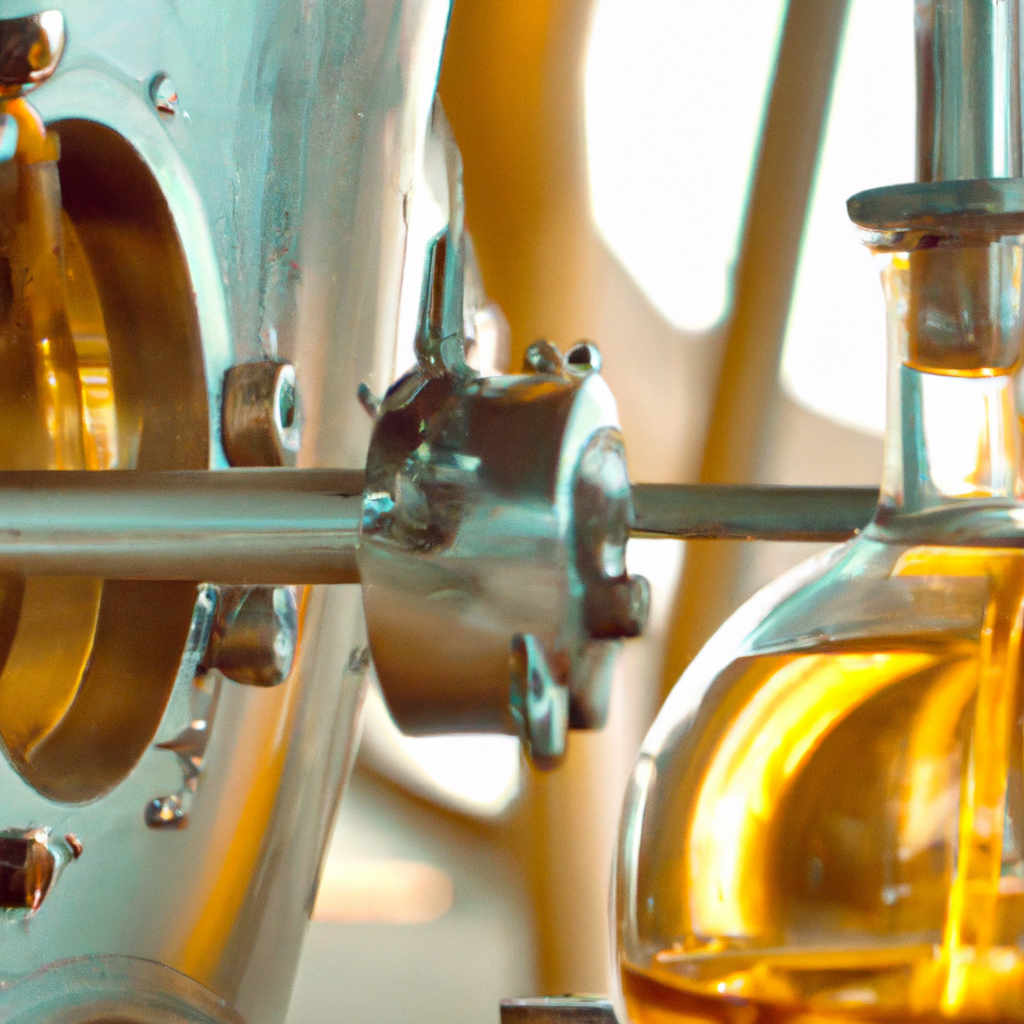Distillation Process: Understanding the Steps Involved in Distillation
Distillation is a widely used process for separating a mixture of liquids based on their differences in boiling points. It is an essential process in many industries, including chemical, pharmaceutical, and food & beverage. Distillation is a relatively simple process, but it requires careful control of various parameters to achieve the desired outcome. In this article, we will explain how the distillation process works, the different types of distillation methods, and the steps involved in the distillation process.
How Distillation Works
Distillation is based on the principle that different liquids have different boiling points. In a mixture of liquids, each component will vaporize at a different temperature, and the component with the lowest boiling point will vaporize first. The vapor is then condensed back into a liquid and collected separately. The process is repeated until all the components are separated.
The distillation process involves the following steps:
1. Heating the mixture: The mixture is heated to a temperature where the component with the lowest boiling point starts to vaporize. The temperature is carefully controlled to avoid overheating or burning the mixture.
2. Vaporization: As the mixture is heated, the component with the lowest boiling point vaporizes and rises to the top of the still. The other components remain in the liquid state.
3. Condensation: The vapor is then cooled and condensed back into a liquid. This is done using a condenser, which is a coiled tube that is cooled by water or air.
4. Collection: The condensed liquid is collected separately from the other components. This process is repeated multiple times until all the components are separated.
Different Types of Distillation Methods
There are several different types of distillation methods, each with its own advantages and disadvantages. The most common types of distillation methods are:
1. Simple distillation: Simple distillation is the most basic form of distillation, and it is used to separate a mixture of liquids with a large difference in boiling points. It involves heating the mixture in a flask and collecting the vapor in a separate container.
2. Fractional distillation: Fractional distillation is used to separate a mixture of liquids with similar boiling points. It involves using a column packed with a material that provides a large surface area for the vapor to condense. This results in more efficient separation of the components.
3. Vacuum distillation: Vacuum distillation is used to distill liquids with high boiling points. It involves lowering the pressure in the distillation apparatus, which lowers the boiling point of the liquid. This allows for more efficient separation of the components.
Distillation Steps
The distillation process involves several steps, which are as follows:
1. Preparation: The mixture to be distilled is prepared by mixing the components in the correct proportions. The mixture should be homogeneous to ensure uniform heating.
2. Heating: The mixture is heated in a still until it reaches the boiling point of the component with the lowest boiling point.
3. Vaporization: As the mixture is heated, the component with the lowest boiling point starts to vaporize and rises to the top of the still.
4. Condensation: The vapor is then cooled and condensed back into a liquid by a condenser.
5. Collection: The condensed liquid is collected in a separate container. This process is repeated multiple times until all the components are separated.
6. Analysis: The separated components are analyzed to ensure that they meet the desired specifications.
Conclusion
Distillation is a widely used process for separating a mixture of liquids based on their differences in boiling points. The distillation process involves heating the mixture, vaporizing the component with the lowest boiling point, condensing the vapor, and collecting the condensed liquid. There are several different types of distillation methods, including simple distillation, fractional distillation, and vacuum distillation. Each method has its own advantages and disadvantages, and the choice of method will depend on the specific requirements of the application. By understanding the distillation process and the different methods available, industries can effectively separate mixtures of liquids to obtain the desired components.







